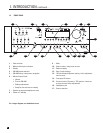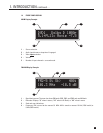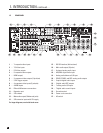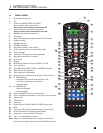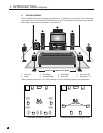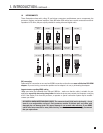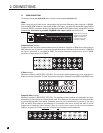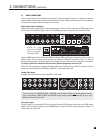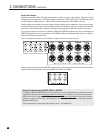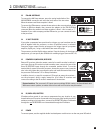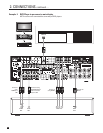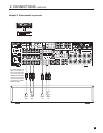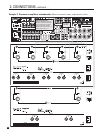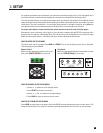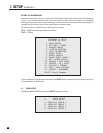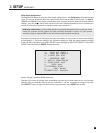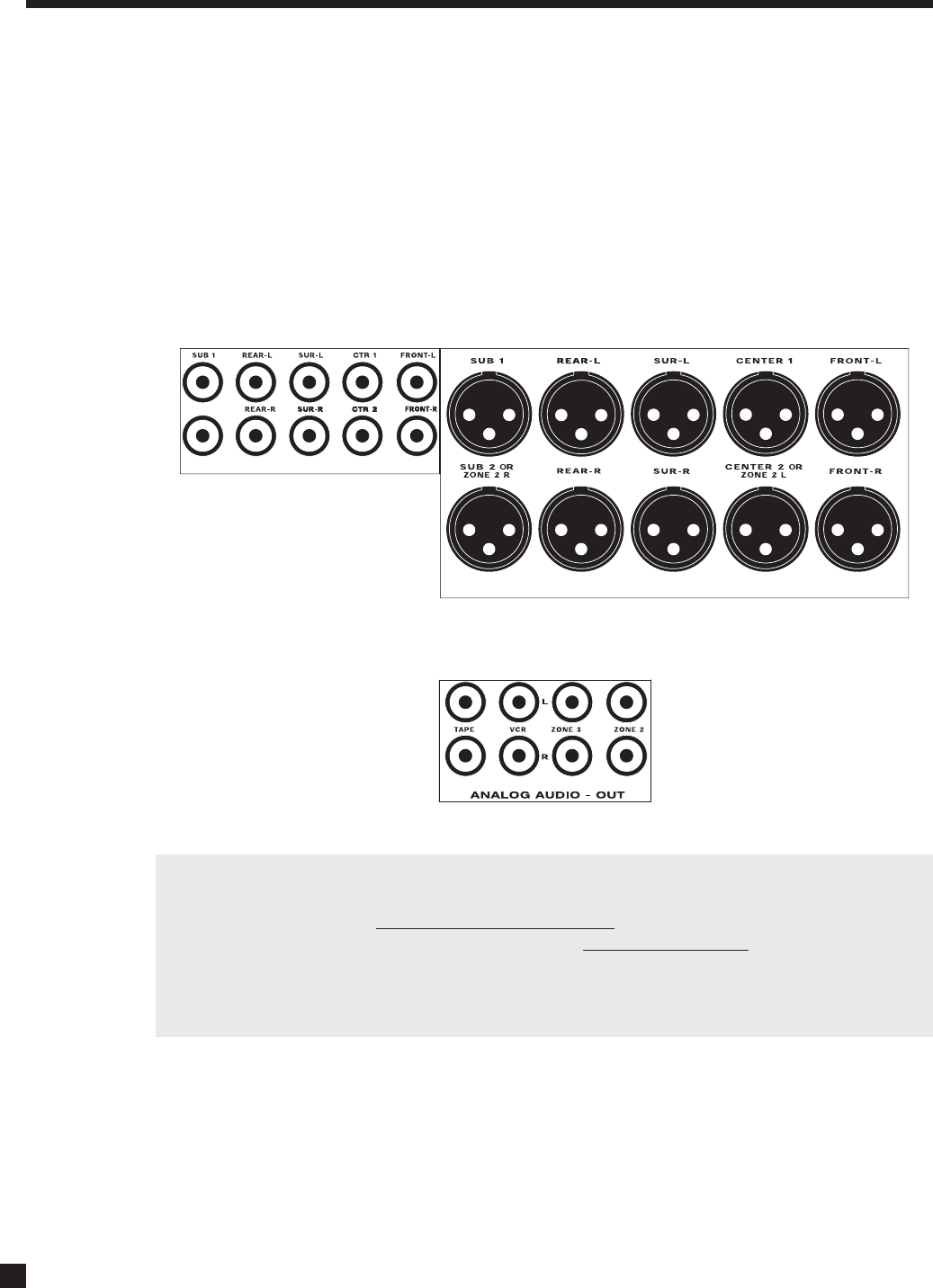
10
2. CONNECTIONS continued …
Analog Audio Outputs:
Balanced connection offers the highest transmission quality over long cable lengths, because it rejects
noise pickup. In the processor, XLR output voltage is twice that of RCA (6 dB higher). The RCA outputs and
the XLR outputs are always active – both can be used at the same time if the system requires it.
Parallel outputs are provided for a second center channel speaker and/or subwoofer. If your screen is large,
you might want to use one center channel speaker above it and another one below it. One way to tame room
resonances is by using multiple subwoofers playing the same signal from different locations in the room.
If you are not using the second set of balanced SUB2 and CENTER2 outputs, they can be reassigned as
ZONE2 L/R outputs to ensure noise rejection if the ZONE2 amplifier has balanced input and it’s at a distance
from the processor (see section 3.9).
If you’re using one rear channel, use the Rear-L output to connect it (see section 3.3).
Shown below are the analog audio RECORD outputs which connect to the audio inputs of recording devices,
together with the outputs that connect to amplifiers for ZONE2 and ZONE3:
Why am I not getting sound in ZONE2, ZONE3, or RECORD?
For ZONE2, ZONE3, and RECORD to have any output, the source components being used there must be
connected to the processor with the same type of connection
. For example, if a source is connected via
HDMI, there won’t be output in ZONE2 unless you make additional connections from the source to the
processor – analog L/R for audio, and Component, S-Video, or Composite video – whichever type the
display in ZONE2 uses.
The only exception is when using Copy mode for audio – see section 4.3.
MAIN AUDIO-OUT (BALANCED)
SUB 2
MAIN AUDIO-OUT



